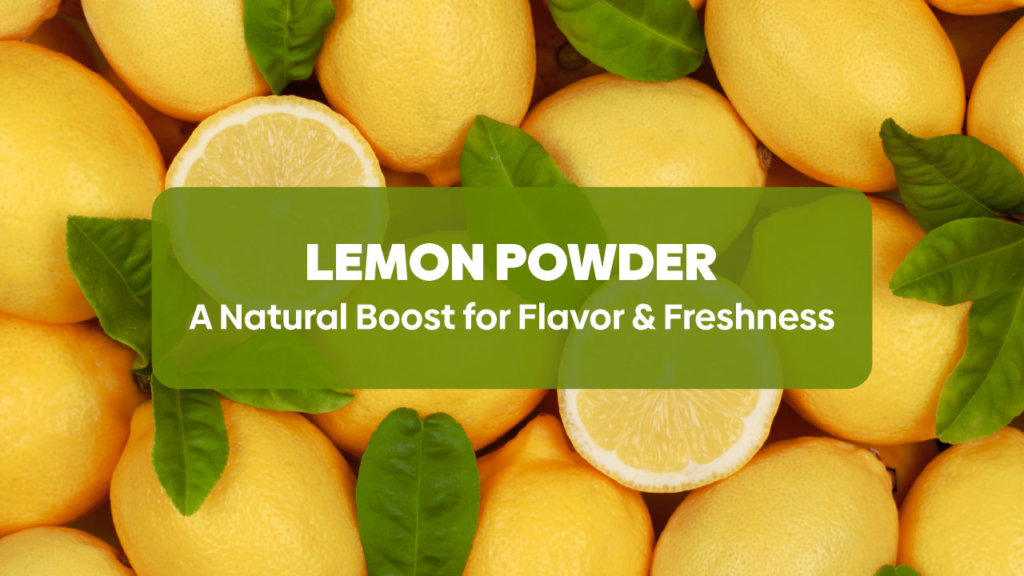
Welcome to the world of caramel colors! Often considered as the secret behind the rich hues of colas, sauces, and baked goods, caramel food color is a fascinating ingredient steeped in history and science. But what exactly is it, and how does it enhance our food and beverages? Let’s explore the magic of Caramel Food Color, its classes, uses, and its role in today’s culinary landscape.
What is Caramel Food Color?
Caramel food color is a water-soluble food coloring produced by controlled heat treatment of food grade carbohydrates such as sugars or starches.
Did you know?
Carmel food color is the world’s most commonly used food color, and it is recognised for its spectacular performance-enhancing properties in everything from soft drinks to baked goods.
The four classes of caramel
Four classes of caramel color exist depending on the raw materials used to synthesize them. This information helps manufacturers make proper selections of a given caramel color to meet their exact demands:
Class I (E 150a): Plain Caramel Produced by heating carbohydrates either with or without acids or alkalis.
Class II (E150b): Caustic Sulfite Process Caramel Color-Manufactured from sulfur dioxide compounds, which are the source when it is boiled.
Class III (E150c): Ammonia Process Caramel Color – Made from ammonia process caramelisation.
Class IV (E150d): Sulfite Ammonia Process Caramel color-Contains both sulfites and ammonium compounds.
Since each class has it’s unique character and color strength, food manufacturers can achieve their desired appearance in end-products.
Common uses of Caramel Food Color
Caramel food color is flexible and has been employed in almost every industry:
1. The major application of this color is in soft drinks and alcoholic beverages because of the beautiful coloring that it gives.
2. It imparts a warm and appealing color to confectionery and bakery products like chocolates, cakes, and candies.
3. Dairy Products and Desserts: Envision creamy caramel custards and rich ice creams.
4. Savory Foods: It makes the sauces, gravies, soups as well as meat products look so appetizing.
Fun fact:
Many pet foods and cereals use caramel colors to ensure that all your food products have a good appearance
Why Opt for Caramel Food Color?
There are reasons, many of them, why caramel food colors are favorites for the manufacturing foods sector:
1. Cost-effective: Caramel colors are less expensive than most natural colorants.
2. Stability: They are relatively very stable with good resistance towards heat and pH level, hence suitable for diverse food processing conditions.
3. Regulatory Approvals: Caramel food colors have a long history of safe use in the food industry, with approvals from regulatory agencies across the globe. This ensures that they meet safety standards for consumers.
As consumers become aware of healthier options, the natural ingredients trend should push for caramel colors from sugar, representing clean labeling, which the health-conscious buyer wants.
Rising Demand for Caramel Colors
Given the growth in food and beverage consumption rising from population growth and a change in dietary habits, the demand for caramel food colors is on a constant increase. Especially under the current circumstances is the movement toward natural and plant-based ingredients as consumers tend to favor recognizable components in their food.
Key takeaway: Caramel colors become part of the clean label movement, according to which brands can boost their pipelines with products that the consumer wants to have transparent and made from natural ingredients.
The Future of Caramel Food Color:
With growing consumer awareness regarding food ingredients and their origin, the future seems bright for caramel food colors. Caramel colors have long been accepted by regulatory agencies and are highly versatile, making them likely to withstand future challenges in the food and beverage industry. This will enable caramel food colors to ride the trend toward more natural and health-conscious options, giving consumers quality products that answer their expectations for taste and transparency.
Conclusion:
It’s more than a color: it is golden, enhancing both the aesthetic appeal and flavor of thousands of products. With an interesting history, wide range of applications, and course along the modern consumer wave, caramel food color becomes a golden companion in kitchens and food production facilities all over the world.
So the next time you go guzzling down a rich cola or swooning over a delicious chocolate dessert, remember that magic the caramel food color does behind the scenes, upgrading your taste buds in it.







